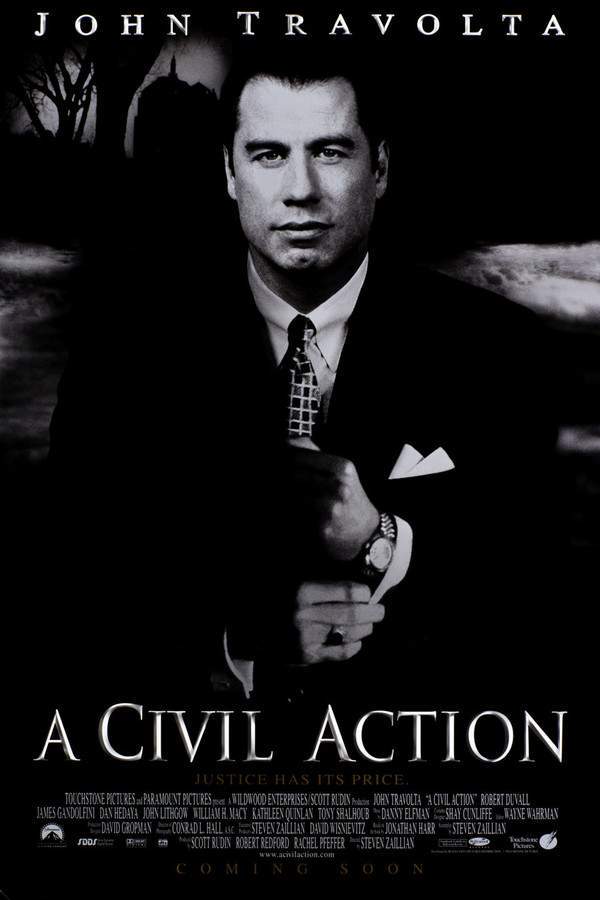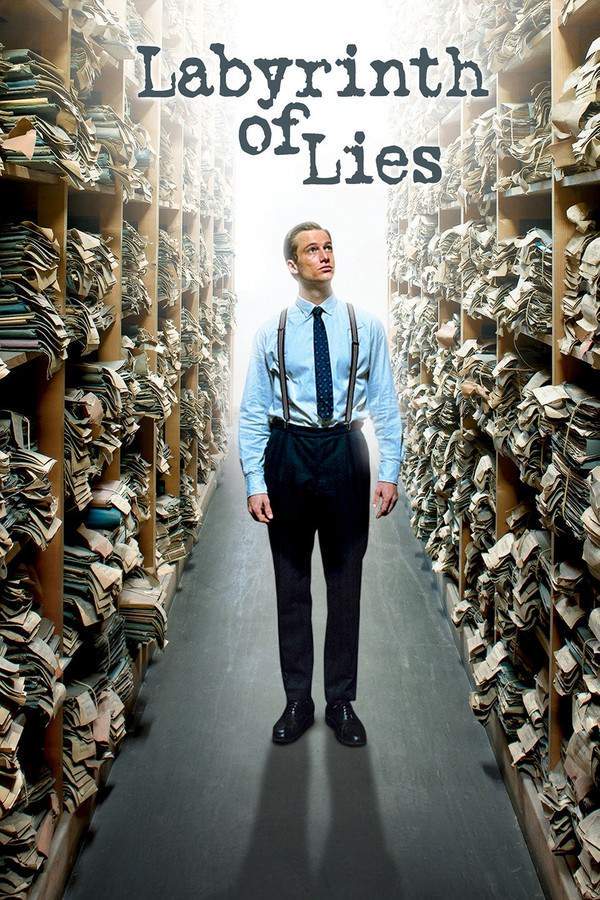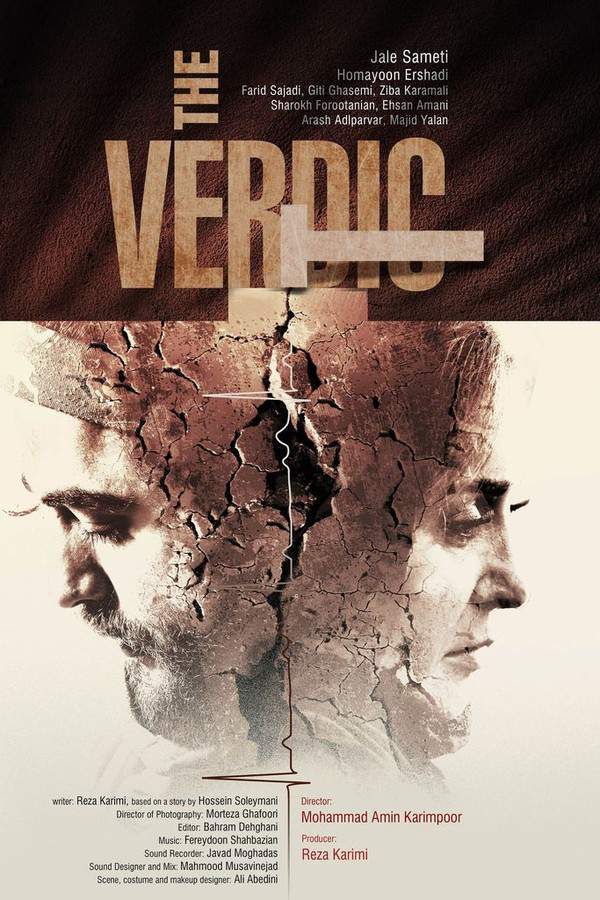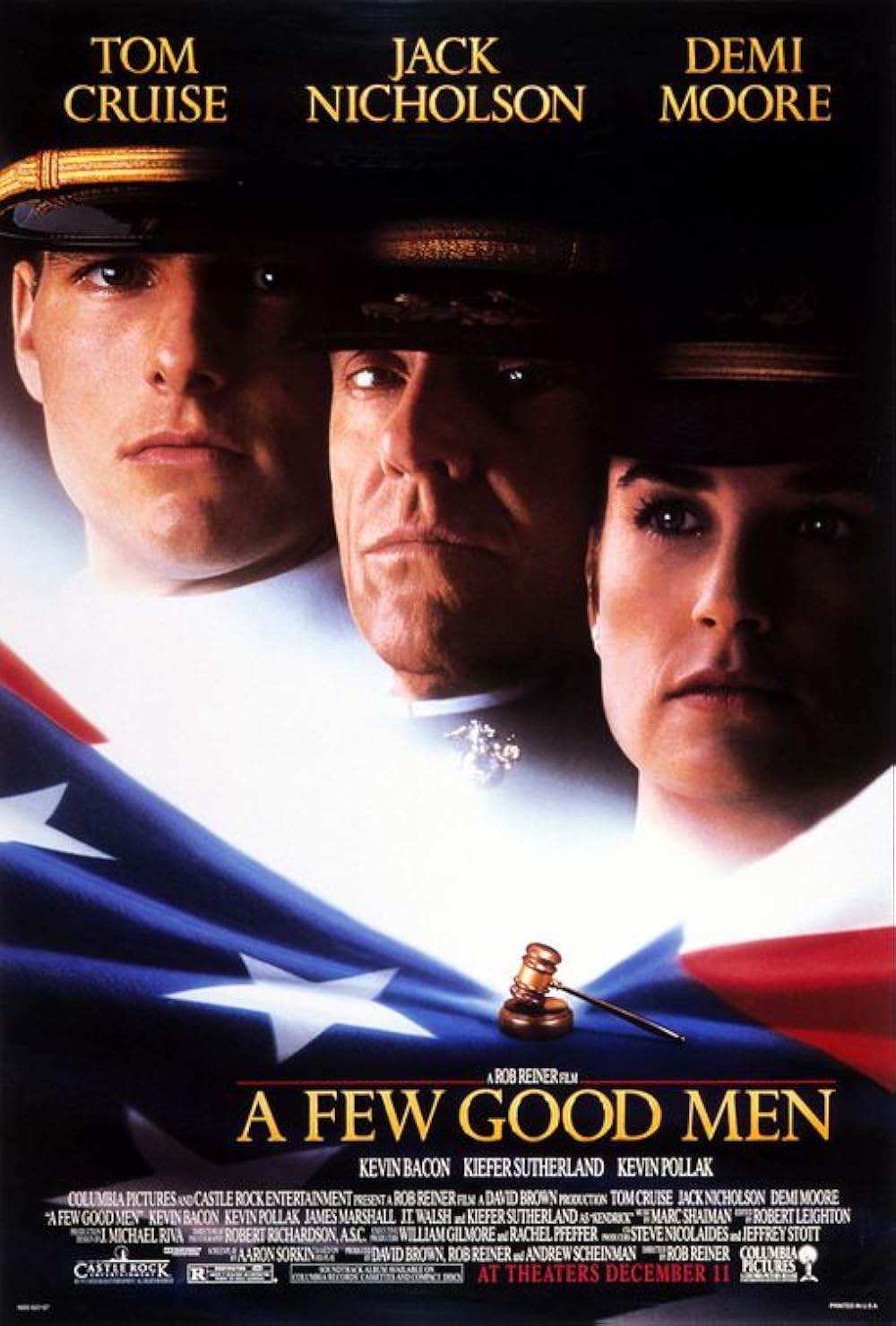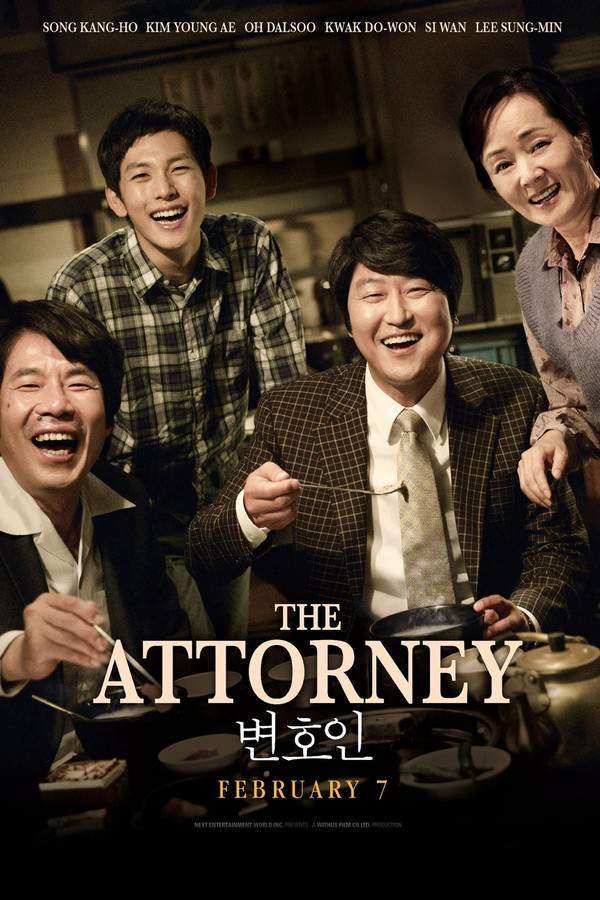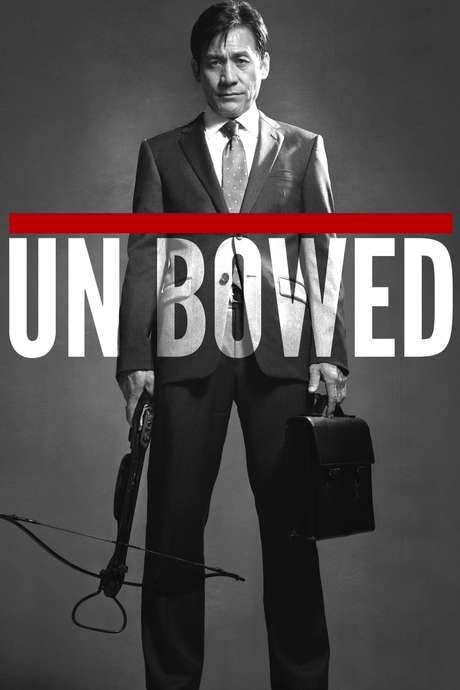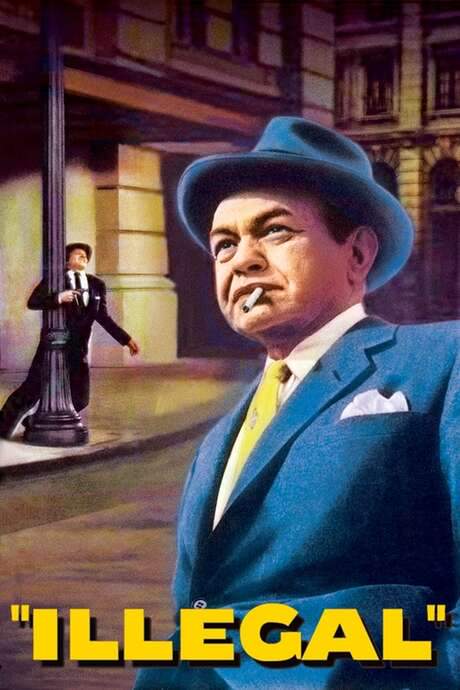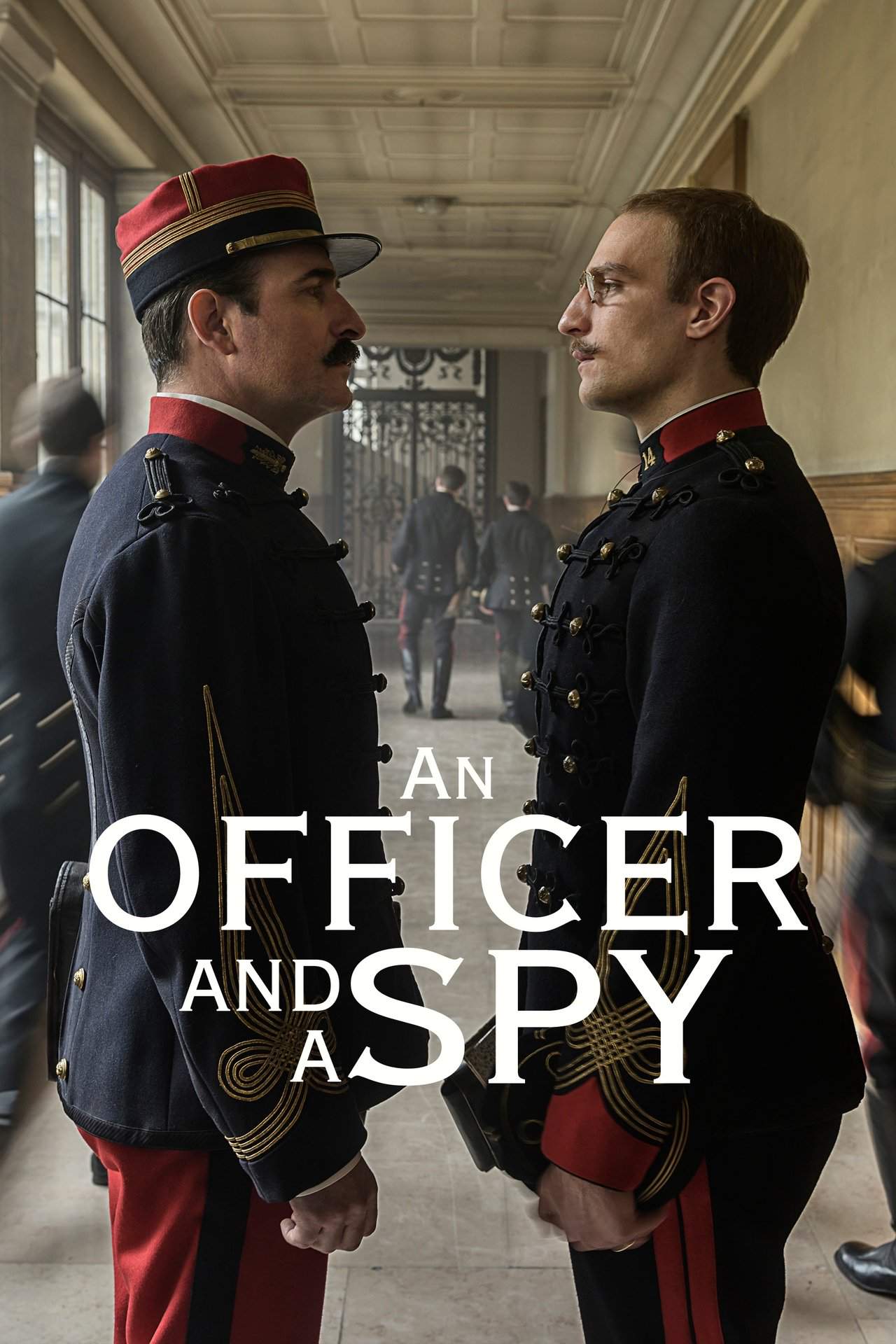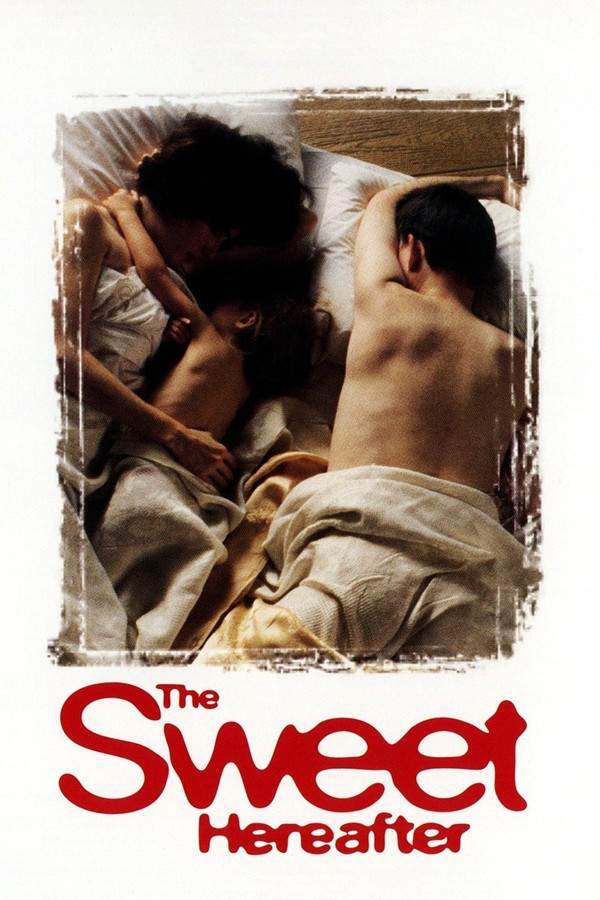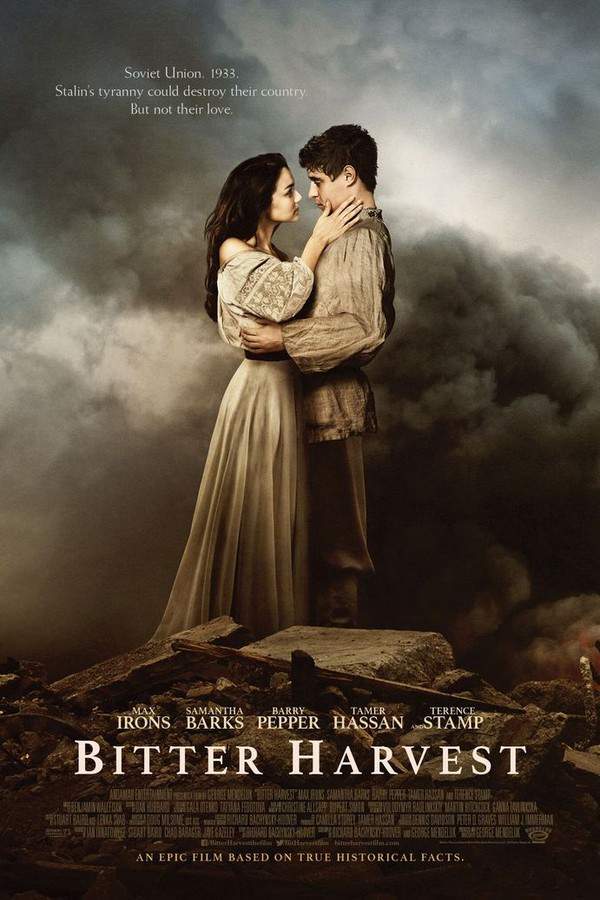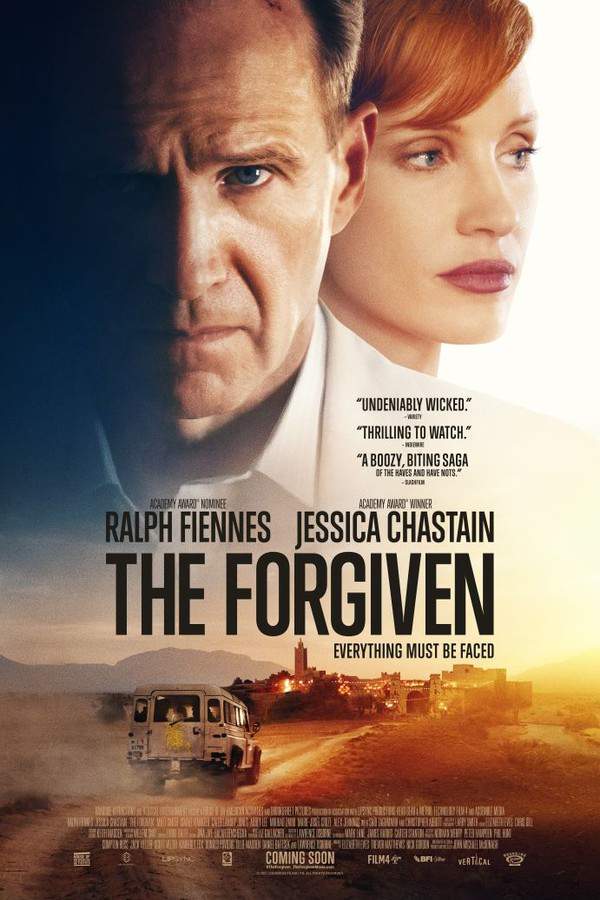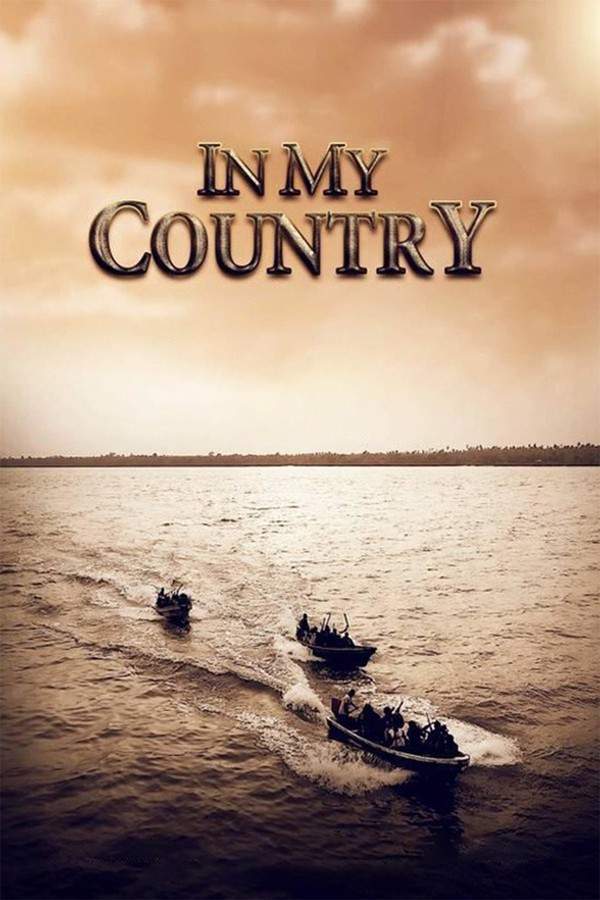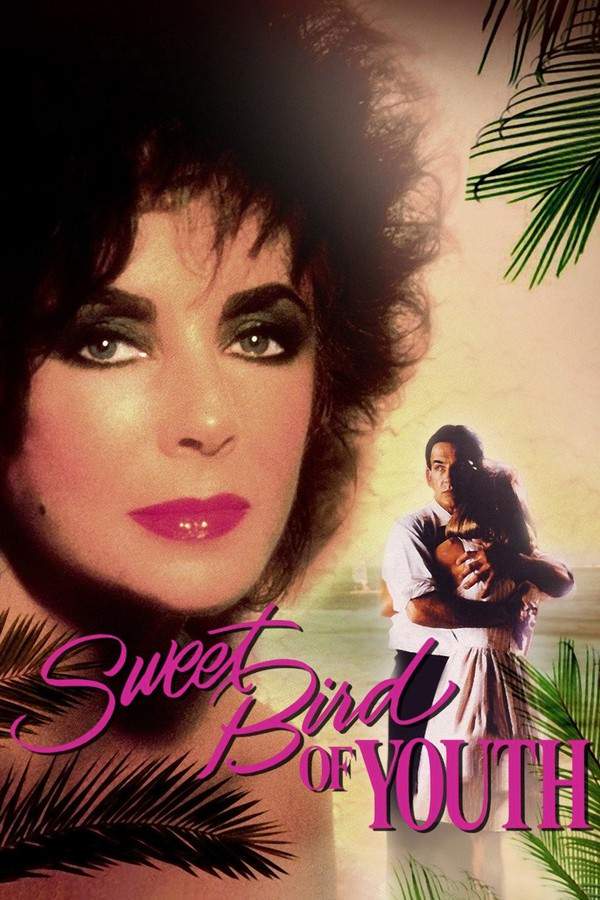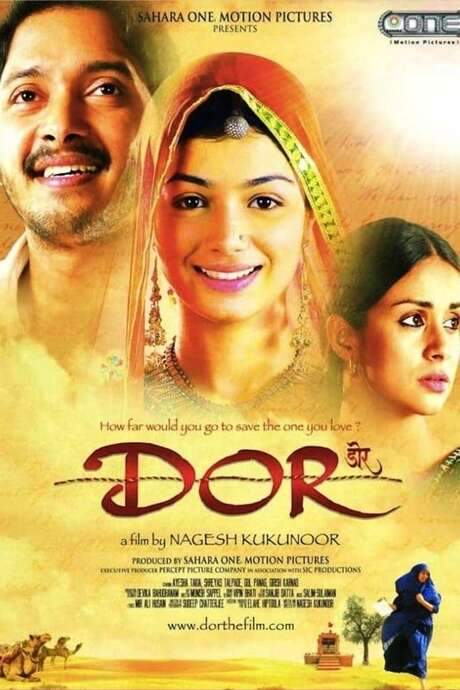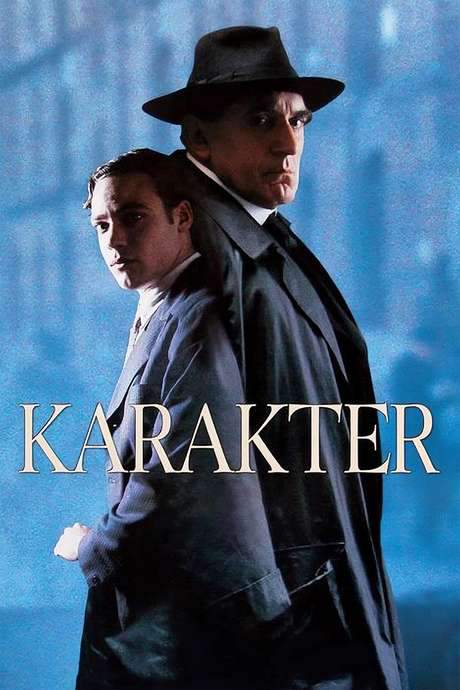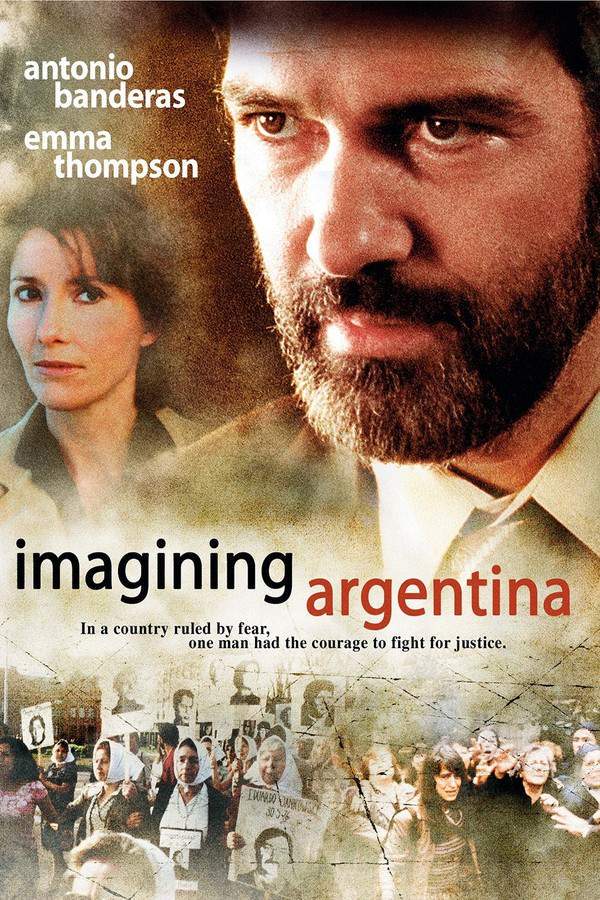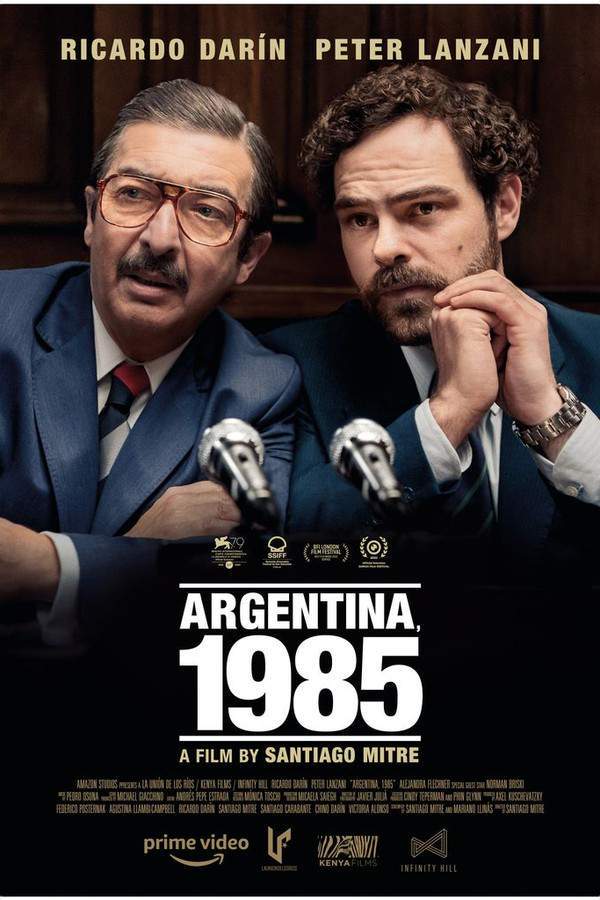
Argentina, 1985
In 1985 Argentina, a team of lawyers, led by Julio Strassera and Luis Moreno Ocampo, bravely takes on the recently ousted military regime. Facing immense pressure and threats, they decide to prosecute the perpetrators of human rights abuses during the "Dirty War." With limited resources and under constant surveillance, the lawyers and their team work tirelessly to gather evidence and prepare their case, striving to bring justice to the victims and their families and help the nation confront its painful past.
Warning: spoilers below!
Haven’t seen Argentina, 1985 yet? This summary contains major spoilers. Bookmark the page, watch the movie, and come back for the full breakdown. If you're ready, scroll on and relive the story!
Argentina, 1985 (2022) – Full Plot Summary & Ending Explained
Read the complete plot breakdown of Argentina, 1985 (2022), including all key story events, major twists, and the ending explained in detail. Discover what really happened—and what it all means.
In 1985, Argentina found itself newly democratic, having just escaped the clutches of a military dictatorship that lasted seven years. Under the leadership of President Raúl Alfonsín, a historic trial was initiated against former military commanders for their crimes against humanity.
Public prosecutor Julio César Strassera, portrayed by Ricardo Darín, was chosen to present the government’s case as the military courts had refused to act. Julio lived a challenging life, sharing his home with his devoted wife Silvia, and their children, daughter Veronica and son Javier. His dedicated secretary, Susana, played by Paula Ransenberg, stood by him through turbulent times. Strassera felt the weight of the task ahead; he understood the risks posed to him and his family by taking on such a volatile case against powerful figures.
Mentored by Ruso, portrayed by Norman Briski, Julio realized the immense significance of the trial but was still apprehensive. He felt the noose tighten as he wrestled with the idea that this could be a dangerous trap, one that could endanger their lives. With experienced lawyers aligned against him, forming a formidable defense team for the junta, Strassera found himself in a dire situation when it came to building his prosecution team.
Initially skeptical, he eventually accepted the help of Luis Moreno Ocampo, played by Peter Lanzani, after rejecting him due to his military family background. Ocampo’s fresh perspective suggested that they recruit young and less experienced lawyers, as those with established reputations were too frightened to get embroiled in such a contentious case.
Among the defense attorneys was Basile, played by Héctor Díaz, and as the trial approached, Strassera and Ocampo interviewed potential team members. They assembled a group of those working in government offices who could provide essential access to information.
On February 15, 1985, they submitted a staggering 16 volumes filled with 4,000 pages of evidence relating to 709 cases and over 800 witnesses—all this culminating in a trial that began just a couple of months later, on April 22, 1985. On its opening day, the courtroom buzzed with tension as the defense faced bomb threats while Strassera insisted that the proceedings must continue.
The trial’s televised sessions delivered harrowing testimonies from victims of the junta. The stories were gut-wrenching, with Adriana Calvo (played by Laura Paredes) recounting her experience of giving birth while in captivity. This poignant testimony made a considerable impact, even changing the perspective of Ocampo’s family regarding their military ties.
In a pivotal moment, President Raúl Alfonsín met with Strassera, commending him on the violation of principles by the junta. However, pressures mounted as the Attorney General suggested that Strassera should seek leniency, fearing a possible military coup.
The climax of the trial arrived on September 18, 1985. Strassera, inspired by the courage of his family and those who had testified, delivered a powerful closing statement that resonated beyond the courtroom, concluding emphatically with: > “Your Honors: never again!” All eyes were on the judges as they began deliberating.
In the end, Strassera faced mixed outcomes—while some leaders received life sentences, others received lighter penalties. Despite this, it was a watershed moment as it marked the first time any military dictatorship stood trial in a civilian court. As Strassera began preparing an appeal, he faced the reality that history had indeed been made, but justice remained incomplete.
Last Updated: November 08, 2024 at 01:14
Ending Explained – What Happens at the End of Argentina, 1985?
Still wondering what the ending of Argentina, 1985 (2022) really means? Here’s a spoiler-heavy breakdown of the final scene, major twists, and the deeper themes that shape the film’s conclusion.
The film concludes with the court passing its verdict on the military commanders responsible for the atrocities committed during Argentina’s Dirty War. While some of the key figures, like Jorge Videla and Emilio Massera, are sentenced to life imprisonment, others, such as Leopoldo Galtieri and Basilio Lami Dozo, are acquitted, highlighting the mixed results of justice—perhaps influenced by political pressures and the desire to maintain stability. Despite these mixed outcomes, Julio Strassera, the lead prosecutor, remains committed to pursuing justice. Even after the verdict, he prepares an appeal, driven by a personal sense of duty and the memory of those who suffered under the regime. The film ends on a hopeful note, emphasizing that this trial marked a groundbreaking victory for civil justice in Argentina, as it was the first time that those responsible for a military dictatorship faced legal consequences in a court of law. This historic case laid the groundwork for ongoing efforts to hold perpetrators accountable and to reckon with the atrocities of the past, ensuring that the memory of those who suffered is preserved and justice continues to be pursued. The story closes with a powerful message of resilience and the enduring fight for justice in a fragile democracy.
Last Updated: June 25, 2025 at 08:44
Explore Movie Threads
Discover curated groups of movies connected by mood, themes, and story style. Browse collections built around emotion, atmosphere, and narrative focus to easily find films that match what you feel like watching right now.
Intense courtroom dramas like Argentina, 1985
Heroic lawyers take on corrupt systems under immense pressure.Find movies like Argentina, 1985 where determined lawyers fight systemic corruption in tense legal dramas. This thread features similar historical legal stories and films about high-stakes prosecutions against powerful institutions, perfect for fans of gripping courtroom procedurals.
Narrative Summary
These narratives typically follow a linear, procedural structure, building methodically from initial investigation to a climactic trial. The central conflict pits underdog heroes against a formidable, entrenched adversary, with the story driven by the painstaking accumulation of evidence and the psychological toll of the fight.
Why These Movies?
Movies are grouped here by their shared focus on a tense, high-stakes legal process, the theme of institutional accountability, and the determined, courageous character arc of those seeking justice against powerful forces.
Movies about confronting historical trauma like Argentina, 1985
A nation confronts its painful past with incomplete but necessary justice.If you liked Argentina, 1985, explore this thread for similar movies about a nation confronting its painful past. These films share a bittersweet tone, heavy emotional weight, and focus on the complex journey of historical reckoning and national healing.
Narrative Summary
The narrative journey involves unearthing buried truths and pursuing accountability for historical crimes. The path is arduous, marked by resistance and the emotional weight of victim testimonies. The resolution is typically bittersweet, acknowledging a significant step towards justice while also recognizing the immense, irreversible cost and the incompleteness of any resolution.
Why These Movies?
This thread groups films based on their shared theme of historical reckoning, a somber and determined mood, a heavy emotional weight centered on national trauma, and a narrative that leads to a bittersweet, rather than purely triumphant, conclusion.
Unlock the Full Story of Argentina, 1985
Don't stop at just watching — explore Argentina, 1985 in full detail. From the complete plot summary and scene-by-scene timeline to character breakdowns, thematic analysis, and a deep dive into the ending — every page helps you truly understand what Argentina, 1985 is all about. Plus, discover what's next after the movie.
Argentina, 1985 Timeline
Track the full timeline of Argentina, 1985 with every major event arranged chronologically. Perfect for decoding non-linear storytelling, flashbacks, or parallel narratives with a clear scene-by-scene breakdown.

Characters, Settings & Themes in Argentina, 1985
Discover the characters, locations, and core themes that shape Argentina, 1985. Get insights into symbolic elements, setting significance, and deeper narrative meaning — ideal for thematic analysis and movie breakdowns.

Argentina, 1985 Ending Explained
What really happened at the end of Argentina, 1985? This detailed ending explained page breaks down final scenes, hidden clues, and alternate interpretations with expert analysis and viewer theories.

Argentina, 1985 Spoiler-Free Summary
Get a quick, spoiler-free overview of Argentina, 1985 that covers the main plot points and key details without revealing any major twists or spoilers. Perfect for those who want to know what to expect before diving in.

More About Argentina, 1985
Visit What's After the Movie to explore more about Argentina, 1985: box office results, cast and crew info, production details, post-credit scenes, and external links — all in one place for movie fans and researchers.

Similar Movies to Argentina, 1985
Discover movies like Argentina, 1985 that share similar genres, themes, and storytelling elements. Whether you’re drawn to the atmosphere, character arcs, or plot structure, these curated recommendations will help you explore more films you’ll love.
Explore More About Movie Argentina, 1985
Argentina, 1985 (2022) Scene-by-Scene Movie Timeline
Argentina, 1985 (2022) Movie Characters, Themes & Settings
Argentina, 1985 (2022) Ending Explained & Theories
Argentina, 1985 (2022) Spoiler-Free Summary & Key Flow
Movies Like Argentina, 1985 – Similar Titles You’ll Enjoy
Imagining Argentina (2004) Story Summary & Characters
Killing the Dead (2019) Plot Summary & Ending Explained
The Blow: Chronicle of a Conspiracy (2006) Full Summary & Key Details
Chronicle of an Escape (2006) Spoiler-Packed Plot Recap
The Lost Republic (1983) Complete Plot Breakdown
Murder in The Senate (1984) Film Overview & Timeline
The Official Story (1985) Film Overview & Timeline
The Girlfriend (1988) Spoiler-Packed Plot Recap
There are some guys down (1985) Story Summary & Characters
The South (1988) Story Summary & Characters
Murder in The Senate (1984) Story Summary & Characters
Operación Masacre (1973) Story Summary & Characters
Informes y testimonios. La tortura política en Argentina 1966-1972 (1973) Ending Explained & Film Insights
Garage Olimpo (1999) Ending Explained & Film Insights
An Argentinian Crime (2022) Spoiler-Packed Plot Recap

